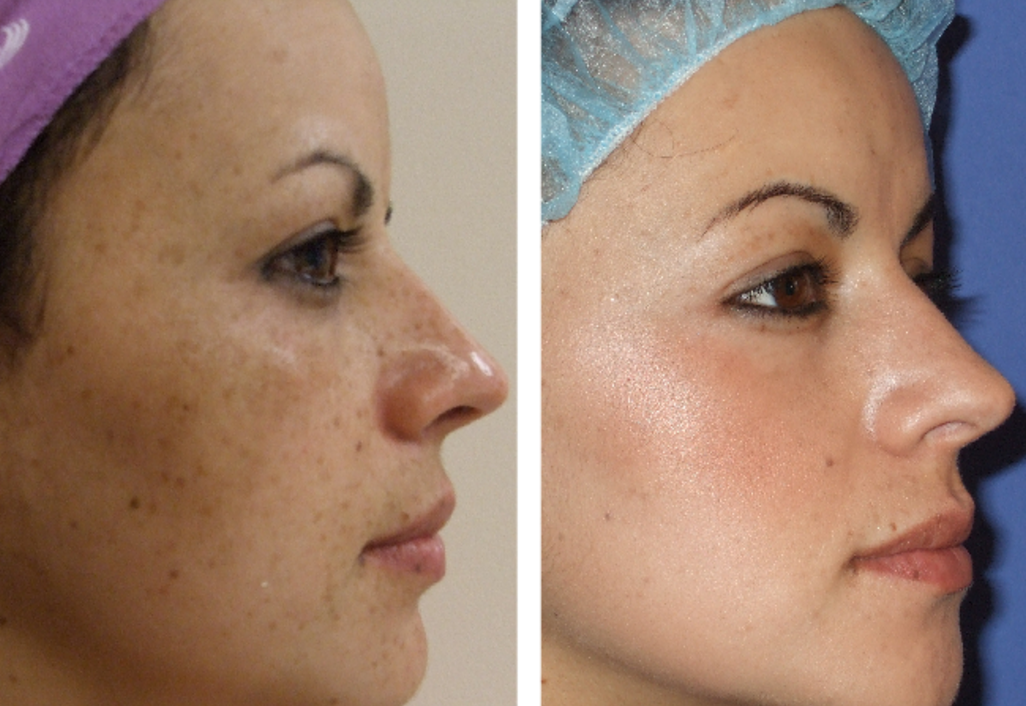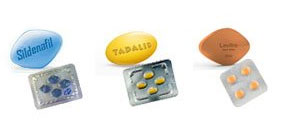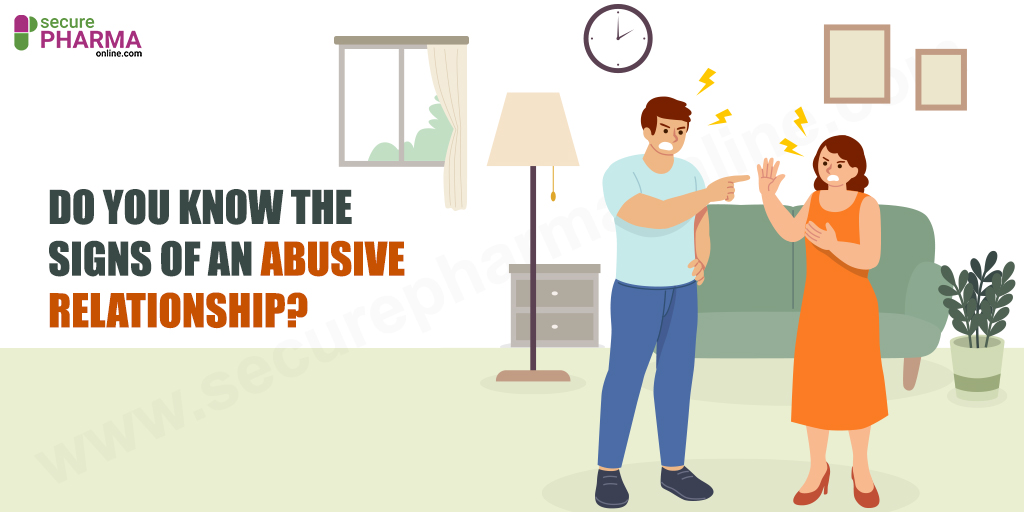Melasma In Pregnancy: What You Can Do To Treat Melasma?

If you see extra pigmentation on the skin during pregnancy, then you may have Melasma. This is because colour-producing cells (melanocytes) produce more pigment than normal. This skin disorder after conceiving is termed Chloasma. It does not impact the baby, however.
Also, Melasma in pregnancy does not lead to any other complications. It is a cosmetic concern alone. Those more likely to develop this condition are Latin, North African, Asian, African, Middle Eastern, Mediterranean, Indian, Hispanic descent. This is because of more melanin production.
In this post, we will talk about Melasma symptoms in pregnancy, some facts about this condition, causes of Chloasma, home remedies, other alternatives, and treatments.
Melasma During Pregnancy and Symptoms
It is quite common to develop Chloasma after you get pregnant. Around 50 to 70 percent of susceptible people may get this skin disorder. The most common sign of this situation is the darkening of the skin. It is more noticeable on the face. Dark splotches or patches may appear on the cheeks, mouth, chin, or forehead.
The more advanced into the pregnancy you are, the Melasma may get more serious. The condition worsens if the skin is exposed to the sun. Darkness is the only complication. You will not encounter soreness, pain, itchiness, or irritation on the skin. If these happen, then contact your doctor, as the problem is something else.
A dermatologist will run a few tests to understand if the disorder is fungal, bacterial, or any other. Diagnosis is possible by noticing superficial signs on the skin as well. There are several treatment options for Chloasma. Before knowing the same, understand what causes Melasma in pregnancy.
Facts About Skin Disorder in Pregnancy
After you conceive, Melasma may happen at any time. But it is more common in the second and third trimesters. Several factors are responsible for the darkening pigment. Depending on the skin type and colour, this disorder may be less or more visible. The noticeability of symptoms also depends on sun exposure.
It is according to the stage of pregnancy, time of the year, and other causes. After childbirth, hyperpigmentation may not worsen. It may gradually get better and fade away. Treatment may or may not be necessary to get rid of this complication. However, you can talk to your doctor to know how to reduce the symptoms.
A dermatologist may not recommend any special treatment for Melasma. Usually, this skin condition may disappear on its own. Medications may not always have positive results if the cause is pregnancy. This occurs due to hormonal changes during the phase. A few lifestyle changes may assist, however.
Factors Responsible for Melasma After Pregnancy
Darkening of the skin is possible after you conceive. You may see a darker shade of skin in the genitals, areolas, nipples, and armpits. Hyperpigmentation may occur all over the body. You may also find linea nigra, basically a line from the pubic area extending to the stomach.
Due to hormonal changes, such as excessive production of progesterone and estrogen, Melasma may happen. After this, any severity may result from being in the sun for a long time. In some cases, genetics and skincare products may also cause it. The skin disorder is often a side effect of other treatments.
Hormonal imbalances may also result from conditions before pregnancy. The factors triggering such hormonal changes could be any. But Chloasma is from melanocyte-stimulating hormones making more melanin. This protective pigment causes dark patches on the skin.
Home Remedies for Hyperpigmentation After Conceiving
You can make skin masks and applications to get some relief from skin darkening in pregnancy. These can lighten Melasma. You will require simple ingredients to reduce Chloasma. Here are some of the possible topical treatments:
Honey and Oatmeal
Cook the oatmeal to the level that you can mash it. Let the oatmeal cool down. Now pour some honey into it. Stir the solution well to make a pasty mix. Now take some of the mixes onto your fingers. Massage the same on the affected skin spots. Leave the paste on for 10 minutes and then wash away.
This mask activates the enzymes on the skin. Thus, the darkened spots may fade a little. It also exfoliates your skin. Together, your skin will glow and feel smoother. You can even try this mix for general skincare.
Apple Cider Vinegar
Put half of apple cider vinegar in half the same amount of water. Now keep it safe. You can use the same toner for skin and hyperpigmentation areas. It also cleanses the pores and keeps the skin tight. You can apply and clean the skin once or twice a day with this solution.
Lemon Juice
Take a fresh lemon. Take two spoons of water and half a cucumber’s gel. Mix the three well together. The acid from the juice when applied to the skin, removes pigmentation. It can specifically fade away the darkening from the top layer of the skin.
Milk of Magnesia
You can apply Milk of Magnesia with the help of a cotton ball on the skin. Wash the affected parts first of all. Now apply the solution to the skin overnight. In the morning, wash off the spot thoroughly. You will notice changes after a few days or weeks.
How to Protect against Melasma During Pregnancy?
You can follow a few steps to restrict or make the hyperpigmentation on the skinless bad:
Right Kind of Clothing
You can cover the Melasma spots with sun cover. Get one that provides UV protection. Sun protective clothing or SPF rash guards work well. You may wear a loose-fitting dress if the temperature outside is high. This will keep your body cooler, comfortable, and free of sweat.
You can still maintain a style quotient while protecting the skin. For instance, you can wear a hat to protect your scalp as well as shade your forehead. Sunglasses are best friends for eye protection. Gloves for hands are also in fashion. Stockings will cover your legs. The options are endless.
Topical Medications
If you approach a dermatologist, he/she will usually say that Melasma will fade away on its own. But if it does not, then you may have to take treatments such as corticosteroids, tretinoin, or hydroquinone. These lighten the skin. The doctor may suggest certain acids for the same.
In some cases, you may have to undergo laser treatments, use chemical peels, try other light therapies, or microdermabrasion.
Healthy Diet and Supplements
Hormonal imbalances may result from Melasma. So, to lessen the risk of hyperpigmentation, you must follow a healthy diet. Include lots of fresh vegetables and fruits in your diet. Vitamin C and Vitamin B12 supplements will assist in the journey of achieving healthy skin.
Also, add Omega-3 fatty acids supplements for better skin. You can also keep a check on your health if you have any vitamin deficiency in the pregnancy period. Ensure to include iron-based food items in your diet. Get enough sleep and rest, even that helps to improve skin quality.
Stay in Shade
Staying in the sun may trigger more pigmentation. So, avoid staying out in the sun if you already have Melasma in pregnancy. Rather stay in shade for maximum time. If you are venturing outdoors, wear protective gear for the head and full clothing on the body. You can also carry an umbrella.
You can seek shade under a tree and avoid sunbathing. Avoid going outdoors with no protection in peak sun hours. Rather go out in the early morning or the evening when the sun rays are not harsh. Exposure to UVB and UVA rays can make the symptoms worse.
Skincare Items
Melasma can get worse because of reactions to certain serums, lotions, and face washes. These may cause skin irritation. So, check with your dermatologist for medicated and gentle skincare products in pregnancy. The items come with labels such as – for sensitive skin, free of fragrance, non-comedogenic, approved by a doctor, etc.
Purchase products that are not for makeup. But these are for skin protection and are approved by your doctor for skincare. Some foundations, powders, and concealers are problematic due to the presence of chemicals. So, look for the one with hypoallergenic contents.
Apply Sunscreen
Pregnancy-safe sunscreen is good to apply when you are going outdoors. Or, even if exposed to direct sun rays indoors, or staying on screen for a longer time, a sunscreen of SPF 30+ is an excellent idea. You may use products that contain titanium dioxide, zinc oxide, or minerals.
Bonus Read: Learn about pregnancy acne and what are the best treatment options?
To Sum it Up
Pregnancy can throw up plenty of surprises. Some are good, and some could be a bit unpleasant. Melasma is one of the later ones. It can take several weeks or months for Chloasma to go away after giving birth to the baby. Till then the excessive skin pigmentation may still linger.
You can switch to a few lifestyle changes. You may use medical products to improve skin. Or, take medicines prescribed by a doctor. You can also apply homemade face masks to relieve the symptoms.
August 11, 2021 Sam Bell











Comments